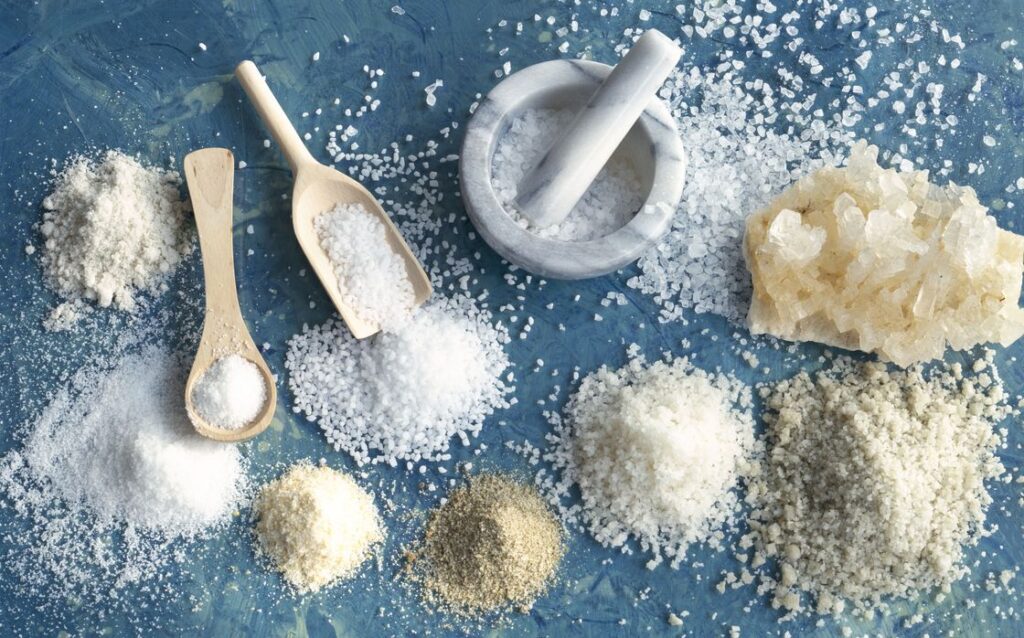
Salt is natural and is found on earth.
Salt tastes salty.
Salt is used to preserve meats and stuff.
Beyond these basic statements most folks are at a loss to expand on the paths that salt and life have shared together over time. Science class was something many kids never took that seriously and a subject many educators simply skim over.
Chemically sodium chloride or salt is composed of 40% sodium and 60% chloride.
2 NaCl + 2H2O —-> Cl2 + H2 + 2NaOH
Salt is mentioned in the Bible multiple times. Lot’s wife was turned into a pillar of salt. The word salt is also used metaphorically in the Bible to signify permanence, loyalty, durability, fidelity, usefulness, value, purification and more.
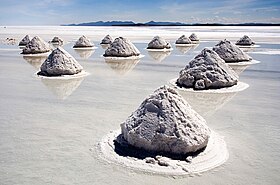
Historically, salt mining can be dated back to 6000 BC in the Romania/Bulgaria section of ancient Europe where people in Solnitsata (modern day Provadia) used to boil water to extract salts. Interestingly, Solnitsata is thought to be the earliest known settlement in Europe. Roughly the same timeline dates back to China’s use of salt as well.
We also know that Philip II of Macedon had a son named Alexander who studied with Aristotle and who toured the entire Greek, African and Middle Eastern empires quite extensively. In May 326 BC Alexander the Great and King Porus of Paurava met on opposite banks of the Jhelum River in Pakistan where they clashed.
Alexander’s men crossed the river and subdued the army of King Porus and their 200 war elephants. It was recorded that Alexander’s Macedonian army losses numbered 1,000 of 41,000 men as the Indian army of King Porus lost 12,000 and had another 9,000 men captured out of an army of 50,000. A truce was agreed upon and Alexander let Porus remain King after Porus paid tributes to Alexander.
After the hard fought battle, fatigue set into the warriors. Alexander’s men and horses found themselves tired and hungry. The horses began to lick the rocks on the side of the river. The warriors noticed this behavior and examined the rocks to discover that there was a build up of pink Himalayan salt coating the rocks. The horses that did the licking and ingested this salt recovered faster and were in better shape the next day then the horses who didn’t lick the salt. This healing intrigued the Alexander’s warriors who came to discover that near this area were the salt mines of Khewra, which happen to be the second largest salt deposit in the world.
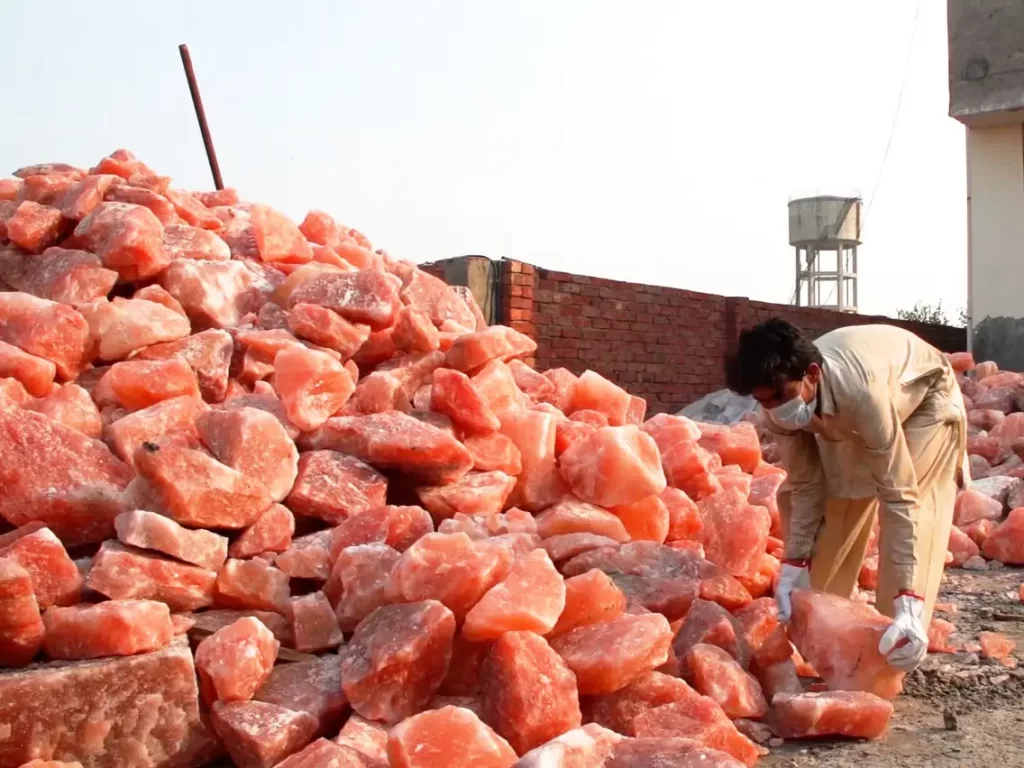
There is an ancient 242 km (150 miles) long road in Italy called Via Salaria which is named after the Latin word for salt. Via Salaria runs from Rome, heading east across the country to the Adriatic Sea, ending at a place formerly called Castrum Truentinum, now Martinsicuro. 51 km (32 miles) of this old salt road are now Italy’s state highway SS4. Medieval records document salt trading opportunities in Venice, Italy which ultimately helped contribute to the cities economic rise.
Salt mines in Salzburg, Austria can date mining of this mineral back to 800 BC. By 400 BC the locals were doing open pan salt making.
The 10 largest salt mines in the world are:
- Sifto Mine in Ontario, Canada
- Khewra Mine in Pakistan – pink salt
- Prahova Mine in Romania
- Atacama in Chile where they get lithium and boron from the salt
- Wieliczka in Poland
- Palibelo Village in Indonesia
- Danakil in Ethiopia
- Maras in Peru
- Asse in Germany
- Salt Catherdal in Colombia
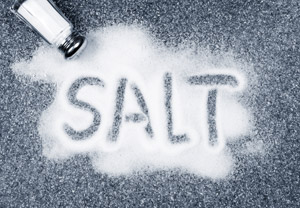
The salt flat in Salar de Uyuni, Bolivia is the world’s largest (12 000 km²) and highest (3 700 m) salt flat. It is 25 times larger than the Bonneville Salt Flats in the US. This flat in Bolivia is what’s left of a prehistoric lake surrounded by mountains without any drainage outlets. The locals continue to harvest the salt in their traditional method, gathering the substance into small mounds to evaporate, additional drying over fire and enrichment with iodine.
It is said that the word salary is derived from the Latin word sal or salt. People often think of gold as something very valuable and interchangeable with money. Historically, salt was extremely valuable as well. Salt was such a valued commodity that it said to have been used to pay Roman soldiers in lieu of coins, hence the word salary.
The impact of salt on society is incredible. Salt has helped create and destroy empires. Salt has also played a prominent role in determining the rise of some of the world’s great cities. Various sites eventually sprung up along the salt roads exacting heavy duties and taxes for the salt passing through their territories. This practice eventually caused the formation of cities, like Munich in 1158, when the then Duke of Bavaria, Henry the Lion, decided that the bishops of Freising no longer needed their salt revenue and set up shop in the Munich area.
A ‘gabelle’, the word for a hated French salt tax, was enacted in 1286 and maintained until 1790. Because of these salt taxes, common salt was of such a valuable commodity that it caused population shifts and attracted invaders. Gabelle tax was cited on the list of issues prompting the French Revolution.
The salt mines of Poland led to a vast kingdom in the 16th century.
Liverpool rose from just a small English port to become the prime exporting site for salt dug from the mines of Cheshire and became the source for much of the world’s salt supply in the 1800’s.
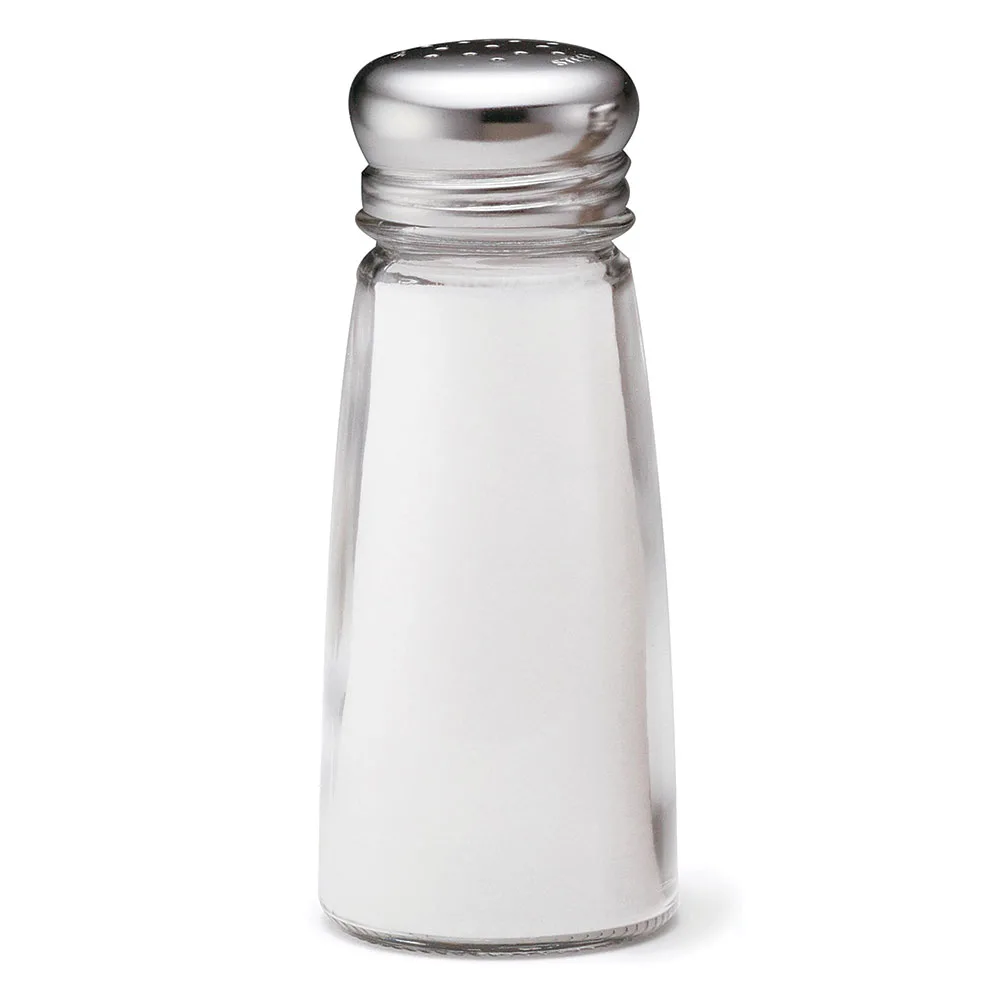
In 1777, the British Lord Howe was jubilant when he succeeded in capturing General George Washington’s salt supply.
Founding Fathers of America used the phrase ‘worth your salt’ meaning ‘worth your work value for the salary earned’. Expressions like ‘worth one’s while’ and ‘worth one’s weight in gold’ are much older than ‘worth one’s salt’, yet the idea and history for these phrases are similar.
“Any man worth his salt will stick up for what he believes right, but it takes a slightly better man to acknowledge instantly and without reservation that he is in error.” Andrew Jackson
“No man is worth his salt who is not ready at all times to risk his well-being, to risk his body, to risk his life, in a great cause.” Theodore Roosevelt
Modern Dietary Guidelines recommend adults limit sodium intake to less than 2,300 mg per day—that’s equal to about 1 teaspoon of table salt.
Scientifically there are a bunch of types of salt: Table, Kosher, Himalayan pink, Sea salt, Celtic Grey, Fleur De Sal, Flake salt, Red Hawaiian, Black Hawaiian, Smoked, Himalayan Black and Pickling Salt. These salts are defined by colors, textures and the regions they are discovered in. The earliest recorded study published in China around 2700 BC mentions more than 40 types of salt and provides descriptions of two methods of salt extraction that are similar to the processes used today.
Some examples of salt types follow:
Table salt:
Qualities: Classic standard. May contain anti-caking additives to avoid clumping in humidity
Pros: Inexpensive. Contains iodine.
Cons: Typically contains the highest sodium content of all salts.
Sea salt:
Qualities: Coarser texture extracted from ocean water around the world
Pros: Naturally contains iodine although some claim low levels.
Cons: May contain impurities. (metals or plastics)
Kosher salt:
Qualities: Coarse, flaky texture.
Pros: Need Kosher?
Cons: May not contain iodine.
Himalayan salt:
Qualities: It’s pink color comes from iron oxide which is a compound found in rust.
Pros: It’s pretty and Barbie would twerk for it.
Cons: Not usually iodized.
Here are some fun and interesting facts about salt:
- Only 6% of the salt that we use in the US is used as food. Salt is used for many other reasons. 17% of American salt is used for keeping ice off of the roads in winter for safer driving.
- If you soak older, wrinkled apples in a mixture of salt and water, the wrinkles will go away.
- Salt (sodium chloride) It is the only family of rocks regularly eaten by people.
- Mixing salt in with the water of cut flowers in a vase will help the flowers live longer.
- If you rub salt on your griddle, your pancakes will not stick.
- Every cell of your body contains salt.
- Adding a little salt to your boiling water when boiling eggs will help prevent the egg from cracking. Salt also stops the egg from coming out of the shell if it does crack.
- You can test the freshness of eggs in a cup of salt water. Fresh eggs will sink and bad eggs will float.
- Sprinkling salt in your pantry helps to keep ants away.
- Your body needs 200 mg of salt per day to be healthy.
- You can sprinkle salt between bricks or rocks where you don’t want grass to grow.
- Ice water gets colder when salt is added.
- Salt is usually the first thing to take the blame for a dish that doesn’t taste so great.
- The dictionary describes a salty person as “an angry and ill tempered individual.” Salty describes a personality that is bitter, angry, irritated and/or hard to take.
Salt deposits have been reportedly discovered on Mars.
At the end of the day, salt is salt. There is no scientific evidence to suggest that any type of natural salt is healthier than any other type of natural salt. Salt substitutes are another story and should probably be avoided but that’s not what we’re currently talking about here.
Keep in mind that, unless you eat fish regularly, iodine is somewhat elusive in most people’s diets. Choosing an iodized salt can be a healthy choice if used wisely.